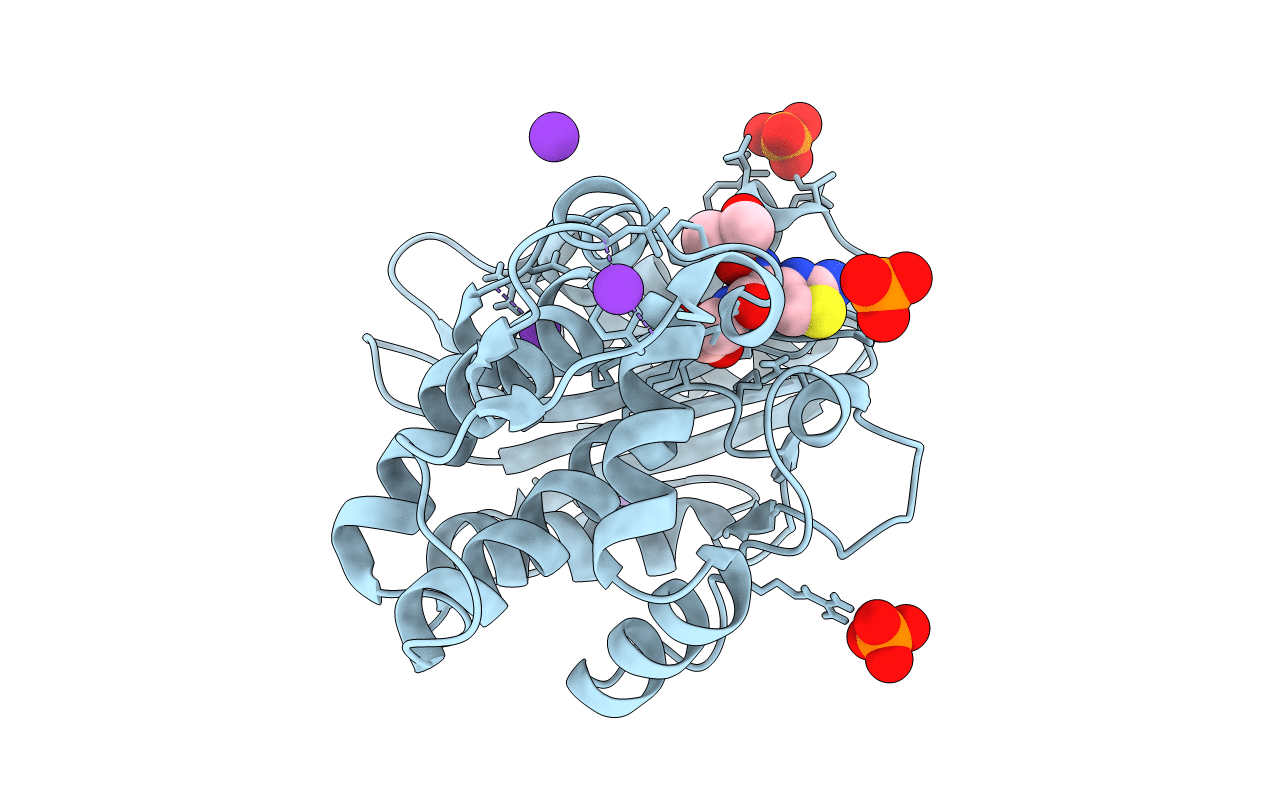
Deposition Date
2002-07-01
Release Date
2002-07-17
Last Version Date
2024-11-20
Method Details:
Experimental Method:
Resolution:
0.85 Å
R-Value Free:
0.11
R-Value Work:
0.09
Space Group:
P 21 21 21


